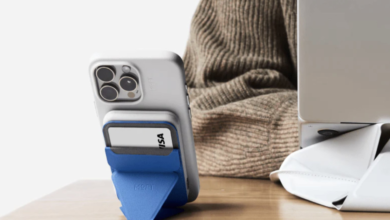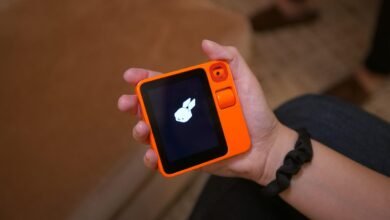The Asus Zenfone 11 Ultra is an excellent flagship device. It is strong and fast, competing head-to-head with the leading premium devices on the market, and like some of them – it is a large and heavy device.
All in all, this is a really successful device, with a slight advantage in terms of price, but Asus is a small competitor in the mobile market dominated by Samsung and Apple. There is another factor working against Asus: the company guarantees that the device will receive at least two Android updates and 4 years of security updates, while Samsung announced with the launch of the S24 that it is extending support and updates to 7 years. This is another variable that will make it difficult for the Taiwanese manufacturer to stand out in the competition in the mobile field, which is a shame.
4 View gallery
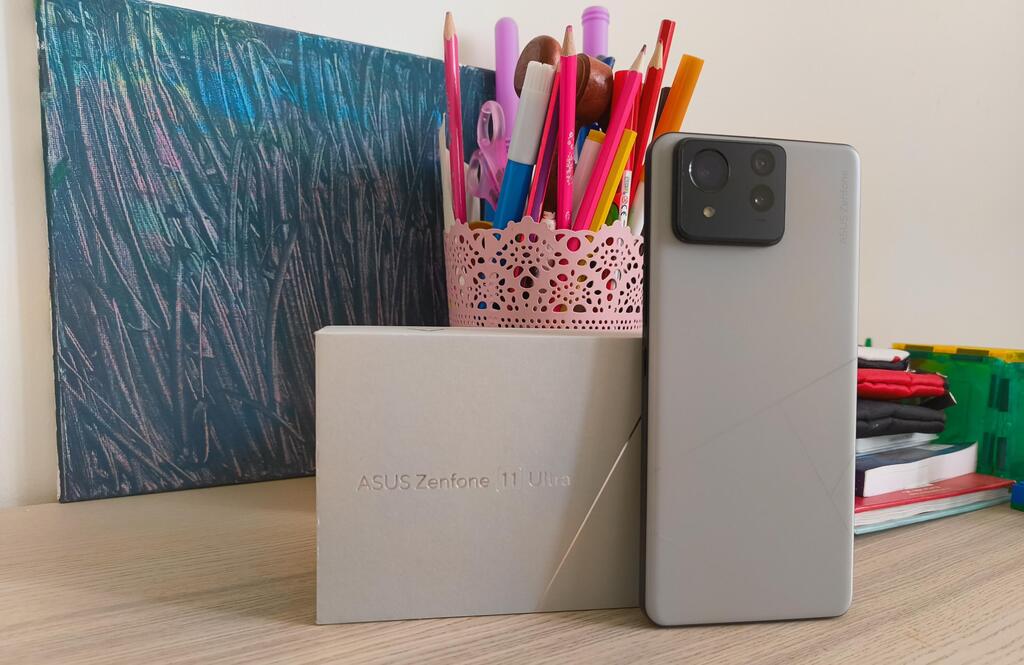

Asus Zenfone 11 Ultra
(Itai Smuskowitz)
In the Superman film series it has always been a mystery how no one notices the suspicious similarities between journalist Clark Kent and Superman.
Asus is trying to do a similar trick: a moment (or a month, to be more precise) after it launched the ROG Phone 8 Pro, its flagship device for gamers, it has released the Zenfone 11 Ultra. What does Superman have to do with it? It looks like almost exactly the same device, just with a different name. A moment ago (or a month ago) I wondered in my review of the ROG 8 what actually makes it a device for gamers, if its specifications are similar to that of the Galaxy S24 Ultra, and now Asus itself is releasing a device that is not aimed at gamers, but with very similar specifications, similar dimensions, a slightly different design of the cameras on the back of the device and also a different theme for the menus and shortcuts. Asus claims that there are differences, but in practice they are minor – a bit like Superman putting on his glasses to become Clark Kent and then taking them off.
As far as the Zenfone series is concerned, this is a significant change: Asus has until now made sure to keep the devices small, with a screen smaller than 6 inches – contrary to the trend in the market of increasingly large screens. It seems that the company realized that the ROG 8 could be attractive to the general public as well, and not just to gamers, internalized that there is something in the well-known phrase “If you can’t beat them, join them” and decided to change their approach. Only half a year after the Zenfone 10, which offers a screen measuring only 5.92 inches, comes the 11 model and to justify crossing the 6-inch mark, they added Ultra to the name.
Design and structure: a large and heavy device
How do you differentiate between the ROG 8, which is intended for gamers, and the Zenfone 11 Ultra, which is aimed at the general public? The most noticeable difference is clear even before you take them out of the box: the ROG comes in a large and excessive case, far beyond the dimensions of a smartphone, while the Zenfone comes in a small and compact package, like the competitors’ flagship devices. Yes, this also means that the kit does not include a charger.
The Zenfone 11 is a large device: with a 6.78-inch screen, it is very different from the previous, smaller models in the series. This is also reflected in the weight, which reaches about 220 grams and makes it a heavy device.
The screen is flat, stretched from edge to edge with a thin frame around it and a small eyepiece for the selfie camera. The power button and the volume keys are on the right, the left side is empty and at the bottom there is the same arrangement as in the ROG 8 – a standard headphone jack, a speaker, a SIM card tray and a charging jack pushed to the left corner.
On the back of the device there is a large bump for the camera lens, which is also similar to that of the ROG, with a slight difference in design.
The screen is protected by Gorilla Victus 2, the back of the device is also made of glass (but doesn’t feel slippery) and the Zenfone meets the IP68 standard, which should ensure good resistance to water and dust, including immersion in tap water for 30 minutes at a depth of up to 1.5 meters. To be safe, the kit also includes a basic protector for the device.
4 View gallery
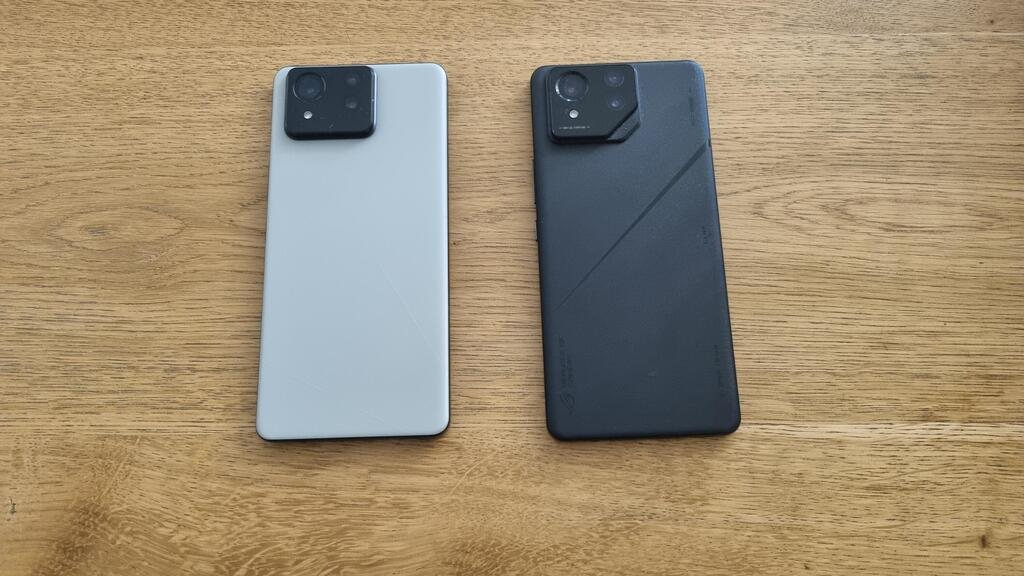

Asus Zenfone 11 Ultra and ROG 8
(Itai Smuskowitz)
Hardware: fast processor and plenty of memory
Asus uses Qualcomm’s latest processor, Snapdragon 8 generation 3, along with 16 gigabytes of memory and 512 gigabytes for storage. This is more of less the current standard for new flagship devices. One Plus 12 has the same specifications and the Samsung S24 Ultra has “only” 12 gigabytes of memory.
This means a powerful device that easily handles heavy tasks, graphics-intensive games, high-quality movies, and more, and does not heat up even when you load more and more tasks on it.
The screen is excellent, with a high brightness that reaches up to 2,500 nits so that the display is excellent and smooth even in daylight.
The device is powered by a 5,500 mAh battery which is enough for a day to a day and a half. As I mentioned, this time there is no charger in the kit, and the device supports fast charging with a power of 65 watts and according to Asus, it will charge from 0% to 100% in about 40 minutes. In a home test, which started with 15% in the battery, it took more than an hour to fully charge.
What is missing here? eSIM support, just like in the ROG 8 – a feature that is also available in cheaper devices and should already be standard when it comes to a flagship device.
4 View gallery
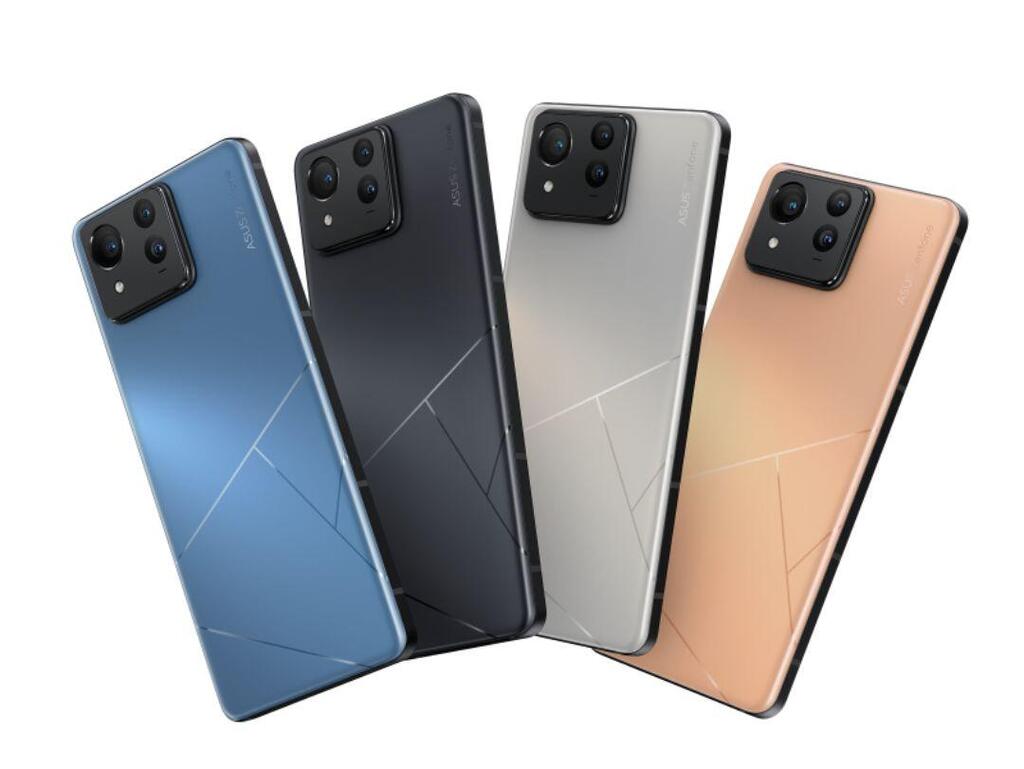

Zenforne in all colors
(Asus)
Software: The AI needs more training
The Zenfone 11 comes with Android 14 in an almost stock version, except for some Asus additions. The default is an interface based on finger movements, and if you want you can change the navigation method in the settings menu.
AI is an addition that was not present in the ROG 8 and may yet arrive there: during the test period, the device received a software update that added several capabilities, with clarification that they are still defined as a beta, that is, a non-final version, and that they will be officially updated after the launch. The new features include “smart search” in images saved on the device, as well as a live translation of a phone call, a transcript of a recording or of a conversation you have recorded and a summary of this transcript, as Samsung presented in the S24 series.
In order to search the images, you have to let the system scan everything saved on the device. If you transferred photos from an old device, it can take a long time. The good news: the search also works in Hebrew. The less good news: you feel that it is not yet fully baked. When you start searching, even typing one letter will be enough to display the results that the device has already collected. In my case, I typed P, for example, and got the list of the words like Petah Tikva. The problem – I wasn’t in Petah Tikva at all, it’s simply an error in the labeling of the place. The system recognized images that included “vehicles” or “auto”, but displayed no results when I searched for “cars”, and displayed one image according to the search “amusement park”, even though the device had several such images. In short, there is still plenty to work on.
4 View gallery
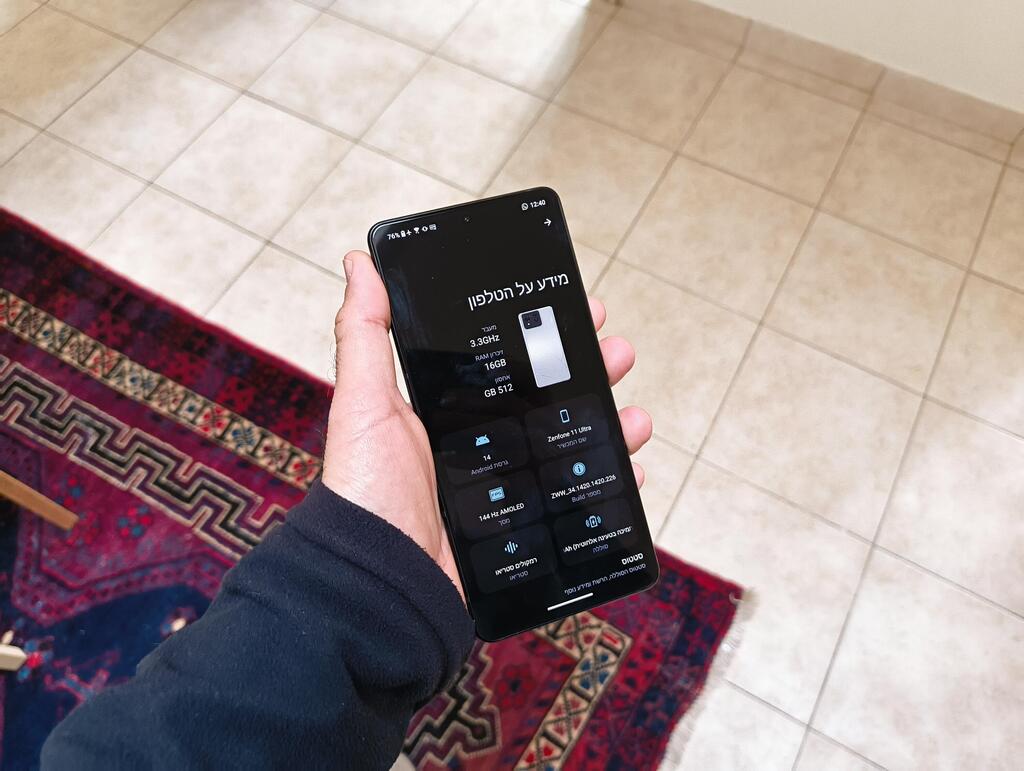

Asus Zenfone 11 Ultra
(Itai Smuskowitz)
Camera: very good but not outstanding
Asus can deny it, but the arrangement of the cameras is also the same as that of the ROG 8: a 50 megapixel camera, a 32 megapixel camera with double optical zoom 3, a 13 megapixel camera for wide shooting and a selfie camera with a 32 megapixel sensor. As in previous models, Asus combines in the device a gimbal that keeps the pictures balanced, and is manifested mainly in video shooting – it neutralizes vibrations and movements of the camera to create a stable video, as if you used a stabilizer arm. You can choose between different levels of stability, and in the video you will really see less jumps and movements.
As with its brothers from the gaming series, the Zenfone produces very good photos in daylight as well as in the dark, with the transition to night mode being made automatically according to the level of lighting. And yet, don’t expect breathtaking photos, special effects or added color – the camera does the job, but it’s not the best on the market.
Source link




